CLOUD APPLICATION SECURITY BROKER (CASB)
Cloud Access Security Broker (CASB) solutions enable organisations to securely adopt the cloud by providing visibility and control for cloud applications.
It provides both the ability to discover the use of unauthorised cloud applications and assess the associated risks, as well as the ability to control how cloud applications such as Office 365, Google Suite, Salesforce, Box, Dropbox and others are used to prevent the loss of critical intellectual property.
Cloud access security brokers (CASBs) are security enforcement points placed between cloud service providers and cloud service customers. They ensure traffic complies with policies before allowing it access to the network.
Confidently adopt cloud applications and services – without sacrificing security. Manage the unintentional or unapproved movement of sensitive data between cloud app instances and in the context of app risk and user risk with CASB, a core component of Security Service Edge (SSE).
The cloud is transforming your organization. It’s changing how work happens as everything is more intuitive, connected, open, and collaborative. This creates new challenges in protecting SaaS and IaaS that legacy security solutions can’t address.
The leading analyst firm Gartner has categorized various functionalities of CASB into 4 pillars i.e. Visibility, Compliance, Data Security and Threat Protection.
Most CASB solutions will offer some or all of the following security technologies:

Identity verification
Ensures a user is who they claim to be by checking several identity factors, such as a password or possession of a physical token

Access control
Controls what users can see and do within company-controlled applications

Shadow IT discovery
Identifies the systems and services internal employees are using for business purposes without proper authorization

Data loss prevention (DLP)
Stops data leaks and prevents data from leaving company-owned platforms

Packet inspection
Inspects data entering or exiting the network for malicious activity

Sandboxing
Runs programs and code in an isolated environment to determine whether or not it is malicious

URL filtering
Blocks websites used by attackers for phishing or malware attacks

Browser isolation
Runs users' browsers on a remote server instead of on the users' devices, protecting the devices from potentially malicious code that can run in the browser

Anti-malware detection
Identifies malicious software
With increased cloud adoption, CASBs have become a key element of enterprise security for their various cybersecurity, access control, and data protection functions. They give you back control over corporate data, in motion or at rest, in cloud platforms and apps. CASBs are critical because:
The growth of cloud platforms and apps (e.g., Microsoft 365, Salesforce) has made traditional network security tools, such as data center firewalls, far less effective.
IT teams don’t have the control they once had. Almost anyone can pick up and use a new cloud app, and IT can’t manually manage granular user access controls at that scale.
They can apply policy to provide shadow IT control, cloud data loss prevention(DLP), SaaS security posture management (SSPM), and advanced threat protection.